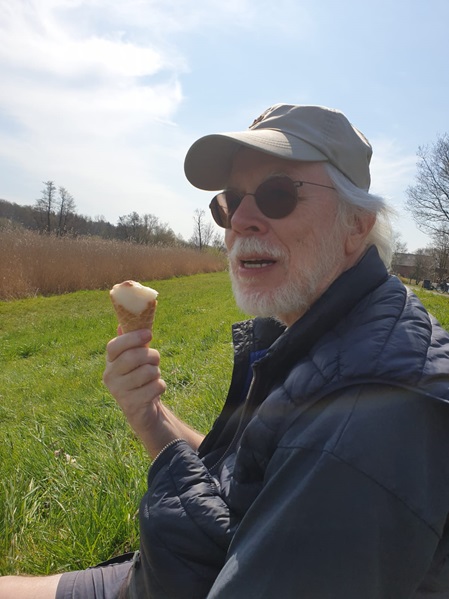Prof. Dr. Volkhard SPIESS
Faculty of Geosciences, Klagenfurter Strasse 2-4, 28359 Bremen, Germany
Phone: +49 421 218-65370
Email: vspiess AT uni-bremen DOT de
Room: Building GEO II, 4560
Nationality | German | |
Education | Geophysics, Diploma, University of Bochum, 1981 Geophysics, Dr. rer. nat., University of Bochum, 1985 Geosciences, Habilitation, University of Bremen, 1992 | |
Languages | German (mother tongue), English |
Career and Research Interest
Volkhard Spieß graduated in geophysics and followed a university career in geophysics and geosciences in Bochum and Bremen. He worked primarily in the fields of magnetics and seismics, using these methods to investigate and solve a large variety of scientific problems. He shifted his focus from magnetic modeling, data acquisition and interpretation as well as sample-based studies between 1981 and 1989 to seismoacoustic methods afterwards. After developing the world’s first digital data acquisition system for a (parametric) sediment echosounder (ParaDigMA) in cooperation with Atlas Elektronik GmbH, Bremen, he developed this research field subsequently with many DFG and BMBF projects. With the establishment of the new working group at University of Bremen in 1994, high-resolution multichannel seismics was added, utilizing a custom-designed programmable streamer design. In 2003, he introduced the world’s first acadmic single-hydrophone streamer optimized for shallow water seismic work. Also, a custom-designed airgun (micro GI Gun, Sodera Inc.) was introduced to extend the available frequency range for airgun seismic studies. During integrated research projects such as Sonderforschungsbereich SFB 261, Research Center on Ocean Margins (RCOM) and the MARUM Center of Excellence, the working group participated in >100 research cruises, where multichannel seismic data were acquired, and together within >40 DFG, EU, BMBF and BMWi projects, data were processed and interpreted and published in >60 scientific articles. Volkhard Spieß has participated in 3 scientific drilling campaigns (ODP, IODP), one as a co-chief scientist (Exp 354 Bengal Fan), in >60 expeditions with sediment echosounder and/or multichannel seismic acquisition as a group leader and >30 times as a chief scientist on German research vessels Alkor, Heincke, Meteor, Polarstern and Sonne. Research included the use of different seismic sources (Boomer, Sparker, Airgun 0.1 – 4.1 L), different streamer systems (analog/digital, 1 m single hydrophone and 6.25 m group spacing), and the application of advanced survey, imaging and processing techniques (e.g. 3D Hires, boulder detection, very shallow water <2 m). The working group carried out >30 expeditions to the North Sea and the Baltic Sea, including survey and research in dedicated wind farm areas. As geophysicist with a focus on seismic surveying, the research topics were diverse, but focused on imaging of (shallow) sediment structures. Based on those, also scientific targets such as mass wasting, hydrology of oceanic plate, tectonics, gas hydrates and gas/fluid seepage were investigated, but certainly also stratigraphic and paleoceanographic studies were carried out. A particular focus was put on the preparation of ODP and IODP drilling campaigns. We were able to support or contribute to more than 12 scientific drilling campaign, also for the ICDP continental drilling on lakes. Involvement in windfarm business started in 2002 with a Bremen workshop on seismic soil characterization, which initiated the development of the BSH standard for geophysical soil investigation, where he was involved since then. Since 2011 as member of the IWES soil investigation group located in Bremen, the working group carried out several expeditions and commercial wind farm surveys in cooperation with Fraunhofer IWES, namely for Riffgatt, Godewind II, Kaikas, Innogy, Delta and Skua in the North Sea and Arcadis Ost I, Baltic Eagle, Arkona Becken Südost and Kriegers Flak in the Baltic Sea. This included subsequent processing and interpretation work, the integration of geotechnical data and the development of 2D and 3D subsoil models as well as seismic inversion projects. |

